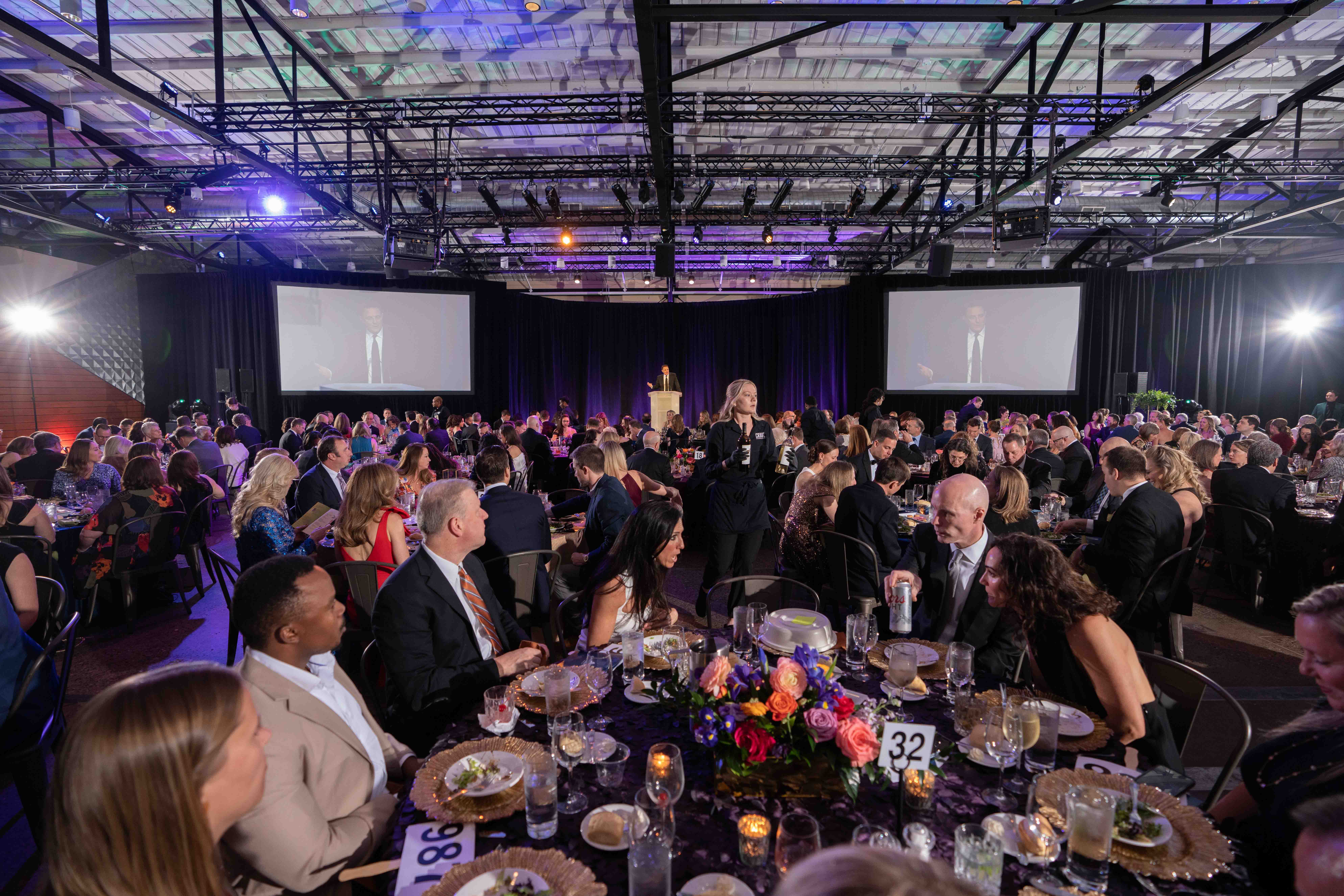Moving your event attendees from one place to another to support your event’s goals and schedule can be a big challenge in event logistics, and sometimes, it feels a bit like herding cats. However, I recently attended the Raise conference hosted by OneCause in vibrant Nashville, TN, and there I had the pleasure of meeting Matt Newsom, a nationally renowned benefit auctioneer and fundraiser. In his enlightening session titled “Back to the Ballroom,” Matt shared a foolproof strategy for effortlessly guiding your event attendees between different spaces and activities. I’m excited to share Matt’s top tips, combined with my own experiences, to ensure your guests move with purpose and enthusiasm.
Mastering Event Logistics: 4 Tips for Guiding Attendees
1. The Grand Unveil: Make It Spectacular
The first trick is to turn the transition into a show-stopping event itself. Give your guests a compelling reason to want to move to the next space or activity and reveal it in a captivating way. This can be as straightforward as using dazzling lights and uplifting music, or as extravagant as having aerialists suspended from the ceiling and stilt walkers roaming the area (both of which I’ve used to great success, receiving a chorus of “oohs” and “ahhs”). Regardless of the approach, make the reveal a performance – consider stationing volunteers at all entryways to open doors in a choreographed fashion, parting curtains to unveil the next space, or using lighting to transform a dim area into a vibrant one. When done right, the transition itself becomes a form of entertainment!
2. Communication is Key (Repeat, Repeat, Repeat)
In marketing, there’s a well-known rule that people need to hear a message at least seven times before taking action. While you might not have the luxury of repeating your message seven times, use every available tool to ensure your attendees know it’s time to move. This could involve sending automated text messages to attendees, using pre-recorded Voice of God announcements, or updating screens around the venue with pre-designed slides, reminding everyone it’s time to transition and where to go. Evaluate the tools at your disposal in terms of space and technology and put them to good use!
3. Identify “Pushers” and “Pullers”
Before your event, pinpoint individuals who can help convey your message effectively. “Pushers” (often event staff or volunteers) will move through the room, politely encouraging attendees to wrap up their conversations and head to their seats or the next area. On the other hand, “pullers” will serve as in-room influencers, showing others precisely what they should do. Speak with your board, event committee, volunteers, staff, or other key leaders in advance, and ask them to watch for visual, auditory, or verbal cues. When it’s time to move, they can gather their table, friends, or other attendees and lead the way to the next location.
4. Timing is Everything: Closing the Bars
Closing the bars might not be the most popular move, but it can be effective when done strategically. Position a staff member or volunteer at the end of the line about 10 minutes before you intend to close the bar. Kindly direct guests trying to join the line to enjoy a cocktail, dinner, dessert, or the next exciting thing in the next space or at a designated time. When that designated person reaches the front of the line, seal the deal by physically removing the bartender from the bar.
Embrace the Fun in Event Logistics!
So, the next time you find yourself orchestrating an event and facing the logistical challenge of guiding attendees from one experience to the next, don’t dread it. Embrace it as a chance to dazzle, engage, and entertain. By following these strategies, you’ll not only keep your event on track but also turn the transition moments into unforgettable highlights of the day.
With a little creativity, a lot of communication, and the right team, you’ll not only avoid “herding cats” but will have your guests purring with delight as they smoothly flow from one memorable experience to the next. Happy herding!
This post was written by Sarah Kier, Events Manager at Children’s Cancer Research Fund.
For more event planning tips, download our Corporate Event Strategies Guide. To dive deeper into event logistics, contact us.


